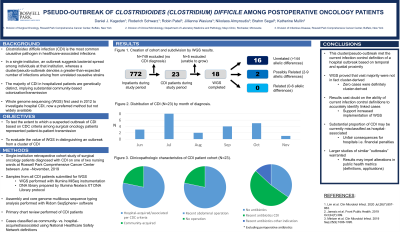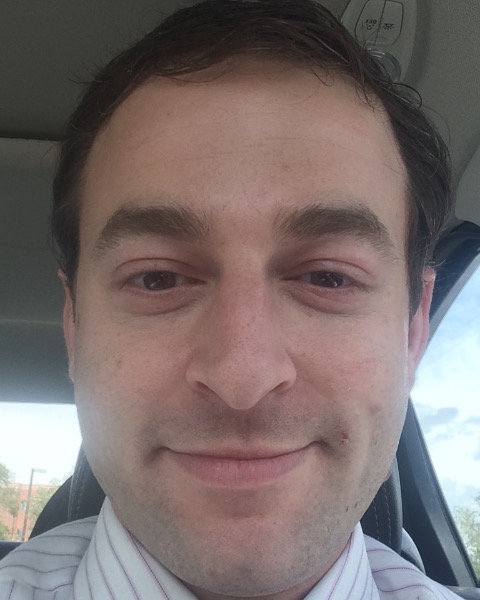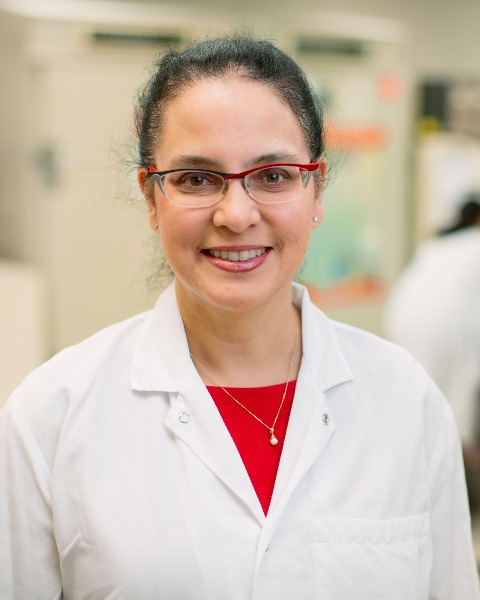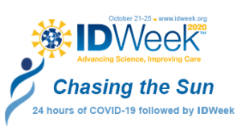Category: HAI: Outbreaks
Poster Session: HAI: Outbreaks
875 - Pseudo-outbreak of Clostridioides (Clostridium) difficile amongst post-operative Oncology Patients


Daniel Kagedan
Dr.
Roswell Park Comprehensive Cancer Center
Buffalo, New YorkDisclosure: I do not have any relevant financial / non-financial relationships with any proprietary interests.
- RS
Roderich Schwarz
MD
Roswell Park Comprehensive Cancer Center
Buffalo, New YorkDisclosure: I do not have any relevant financial / non-financial relationships with any proprietary interests.
- JW
Jillianna Wasiura
Ms.
Roswell Park Comprehensive Cancer Center
Buffalo, New YorkDisclosure: I do not have any relevant financial / non-financial relationships with any proprietary interests.
- NA
Nikolaos Almyroudis
Dr.
Roswell Park Comprehensive Cancer Center
Buffalo, New YorkDisclosure: I do not have any relevant financial / non-financial relationships with any proprietary interests.

Robin Patel
Professor
Mayo Clinic
Rochester, MNDisclosure: Accelerate Diagnostics (Grant/Research Support)CD Diagnostics (Grant/Research Support)Contrafect (Grant/Research Support)Curetis (Consultant)GenMark Diagnostics (Consultant)Heraeus Medical (Consultant)Hutchison Biofilm Medical Solutions (Grant/Research Support)Merck (Grant/Research Support)Next Gen Diagnostics (Consultant)PathoQuest (Consultant)Qvella (Consultant)Samsung (Other Financial or Material Support, Dr. Patel has a patent on Bordetella pertussis/parapertussis PCR issued, a patent on a device/method for sonication with royalties paid by Samsung to Mayo Clinic, and a patent on an anti-biofilm substance issued.)Selux Dx (Consultant)Shionogi (Grant/Research Support)Specific Technologies (Consultant)
- BS
Brahm H. Segal
Physician, ID Specialist
Roswell Park Comprehensive Cancer Center, Buffalo, NY
Buffalo, New YorkDisclosure: I do not have any relevant financial / non-financial relationships with any proprietary interests.
- KM
Katherine M. Mullin
Physician, ID Specialist
Roswell Park Comprehensive Cancer Center, Buffalo, NY
Buffalo, New YorkDisclosure: I do not have any relevant financial / non-financial relationships with any proprietary interests.
Presenting Author(s)
Co-Author(s)
Background: Clostridioides difficile infection rates are subject to infection prevention surveillance as a quality measure within the hospital setting. A large spike in Clostridioides difficile infections in post-operative patients, the majority of whom were gastrointestinal surgery (GIS) patients, was noted within a six month period (June through November 2019) at our comprehensive cancer center. These patients had been housed in one of two inpatient units and there was appropriate concern that this represented a C. difficile outbreak possibly related some type of infection control breach.
Methods:
In an effort to query case relatedness, whole genome sequencing was performed using Illumina MiSeq instrumentation and chemistry with Illumina Nextera XT library chemistry. Assembly and core genome multilocus sequence typing analysis were performed with Ridom SeqSphere+ software. Cases were classified as community or hospital acquired based on the National Healthcare Safety Network (NHSN) definitions.
Results: There were 23 samples submitted for possible whole genome sequencing (WGS). 5 samples were unable to be grown therefore WGS was not completed; 16 were found to be unrelated (51 or more allelic differences); 2 of the 18 isolates were found to be possibly related (7 to 50 allelic differences). There were no isolates found to be definitively related (zero to 6 allelic differences).
Conclusion: Given the overwhelming unrelatedness of the isolates via whole genome sequencing, this increase of C. difficile cases, identified by routine surveillance within two inpatient units, was determined to be representative of a pseudo-outbreak rather than an outbreak. This study has implications on public health reporting. National Healthcare Safety Network definitions are used to identify healthcare facility-onset C. difficile infections (CDI). The majority of cases in this study met the definition of healthcare facility-onset, and thus were reported as such, despite being genetically unrelated. This raises the concern that a significant percentage of C. difficile infections may be currently misclassified as hospital-associated and this may have negative, unfair consequences for hospitals, such as implications on reimbursement.

